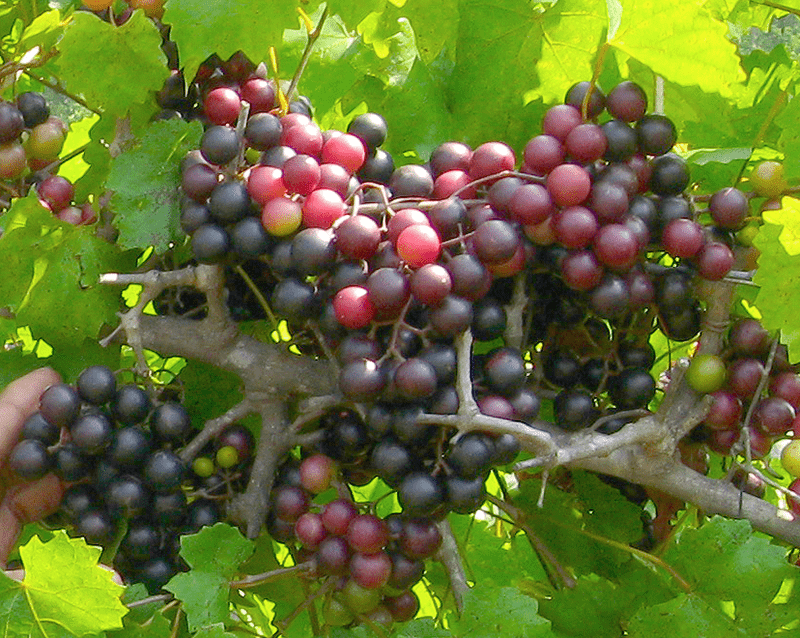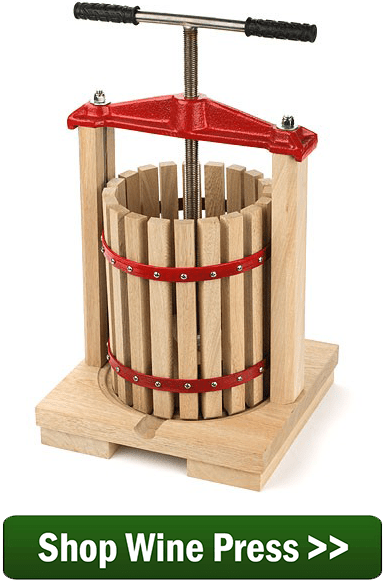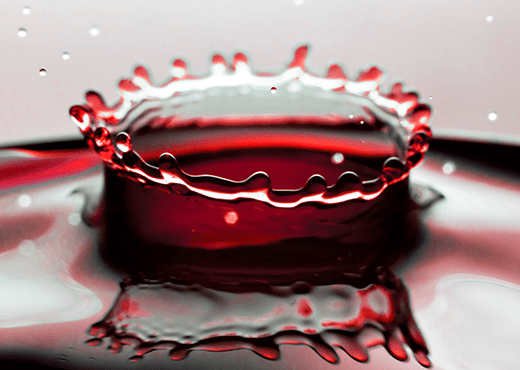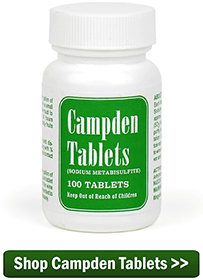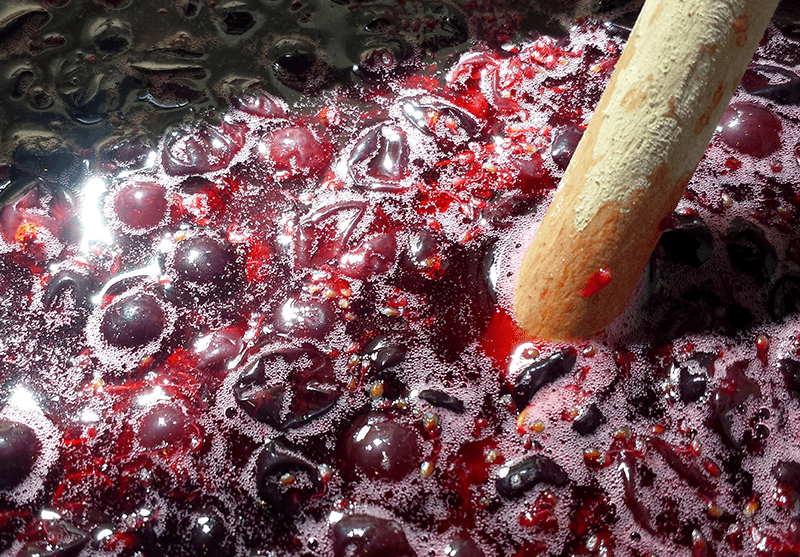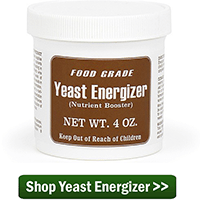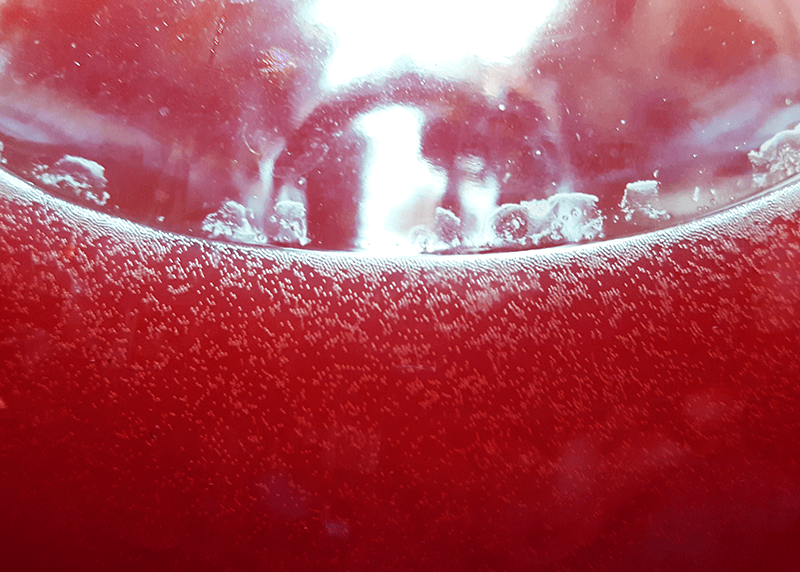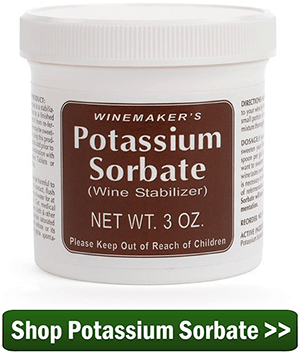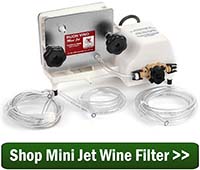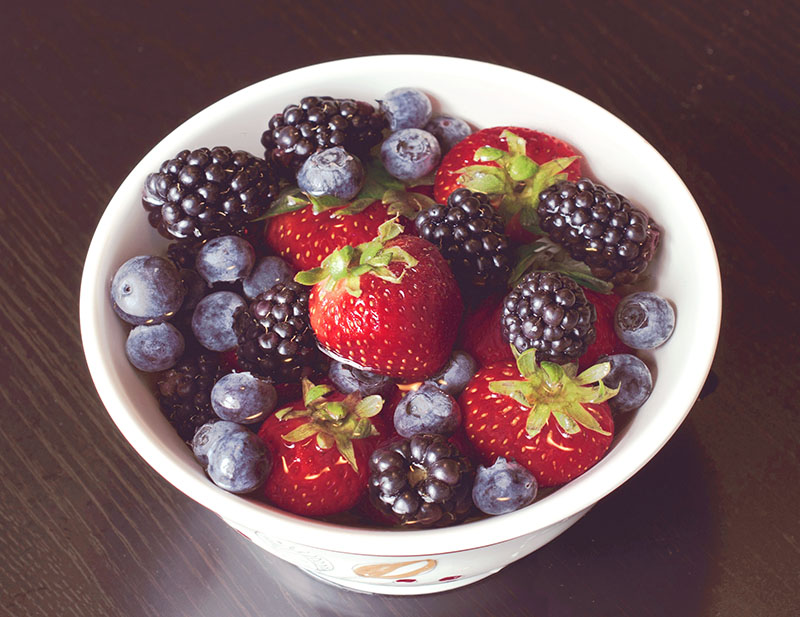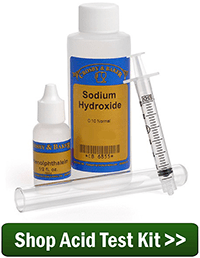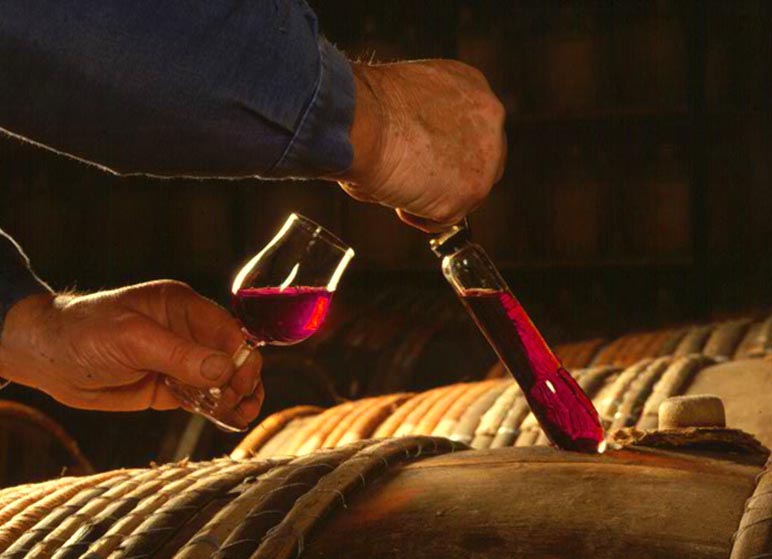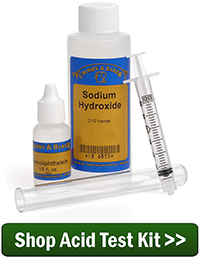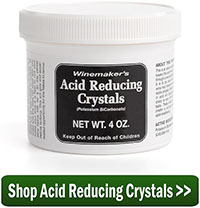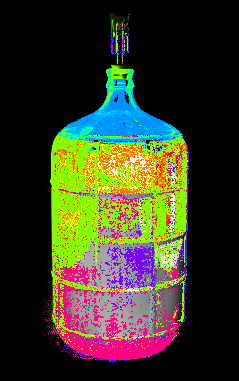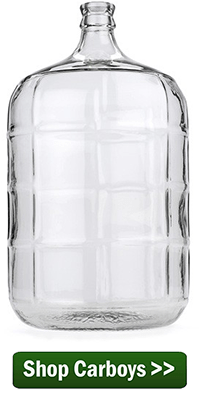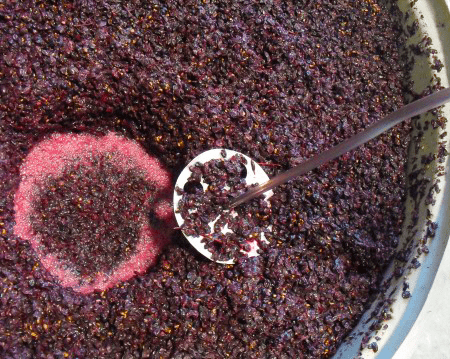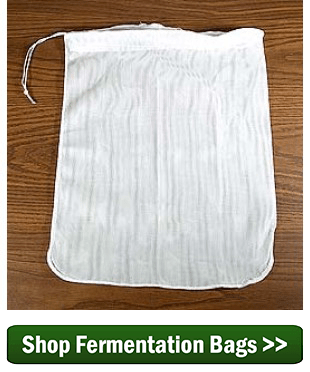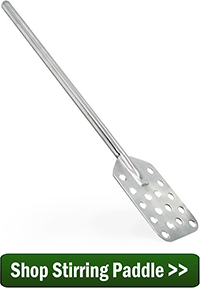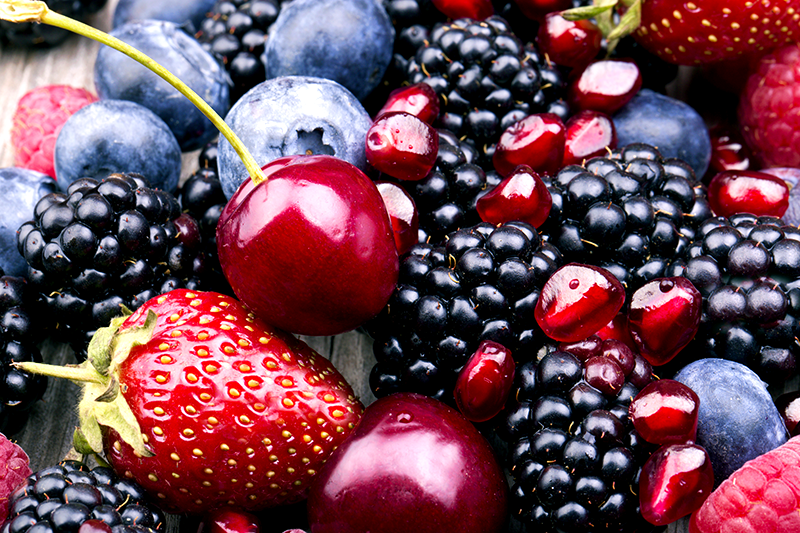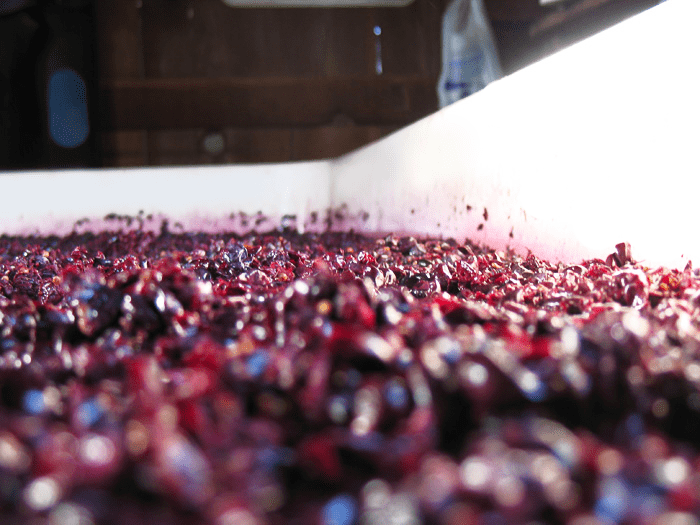 This is Greg again with another question. I have been making wine with your concentrated homemade wine kits for several years and have had a lot of fun for sure. I would like to make apple wine… saw the apple recipe you have on your website. It looks a lot like making wine from concentrate. The only thing I do not understand is the pectic enzyme. What is the purpose of adding pectic enzyme to a wine?
This is Greg again with another question. I have been making wine with your concentrated homemade wine kits for several years and have had a lot of fun for sure. I would like to make apple wine… saw the apple recipe you have on your website. It looks a lot like making wine from concentrate. The only thing I do not understand is the pectic enzyme. What is the purpose of adding pectic enzyme to a wine?
Greg
—–
Dear Greg,
Pectic enzyme is called for in almost all wine recipes that use fresh fruit. The recipes you see in books like The First Steps In Wine Making and the wine recipes on our website will all call for pectic enzymes. However, you do not need to add it to wines made from concentrated homemade wine kits, like the ones you have been making wine with. This is because the necessary pectic enzyme has already been added to the concentrate by the wine kit producer.
The purpose of using pectic enzyme in wine making is twofold:
- First and foremost, pectic enzyme helps to break down the fruit’s fiber or pulp. This allows more flavor and color to be extracted from whatever fruit is being used during the fermentation.
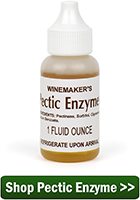 Secondly, it helps to make sure the wine has a clearer, more translucent, appearance after the fermentation has completed and the wine has had ample time to clear up.
Secondly, it helps to make sure the wine has a clearer, more translucent, appearance after the fermentation has completed and the wine has had ample time to clear up.
Pectic enzyme accomplishes both of these tasks by breaking down the pectin cells in the fruit. Pectin is the gelatinous material that holds together the strands of fiber found within fruits such as strawberry or grape. It is also the “stuff” that makes apple sauce thick and cloudy.
By breaking down these pectin cells, the fruit’s pulp becomes less thick. This allows more of the fruit’s character to be released during fermentation or even when running the pulp through the grape presses. Because pectin is somewhat opaque, if it isn’t sufficiently broken down during the fermentation, the resulting wine will have a pectin haze. For the most part, this type of defect is not correctable once the fermentation is complete.
When making wine from concentrated homemade wine kits, the flavor and color extraction has already been taken care of for you. No pulp is involved and Pectic enzyme is not necessary. It’s one more variable that these kits take out of the equation so that you can be a successful home wine maker.
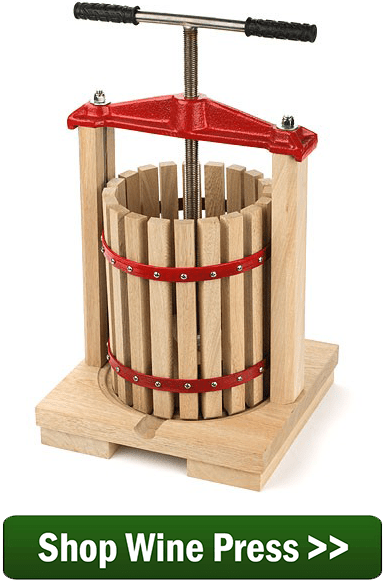 So as you can start to see there is a reason for adding pectic enzyme to a wine. Pectic enzyme has a purpose. It helps to extract more color and flavor from the fruit, and it helps to insure that the resulting wine is clear.
So as you can start to see there is a reason for adding pectic enzyme to a wine. Pectic enzyme has a purpose. It helps to extract more color and flavor from the fruit, and it helps to insure that the resulting wine is clear.
Happy Wine Making,
Ed Kraus
—–
Ed Kraus is a 3rd generation home brewer/winemaker and has been an owner of E. C. Kraus since 1999. He has been helping individuals make better wine and beer for over 25 years.

